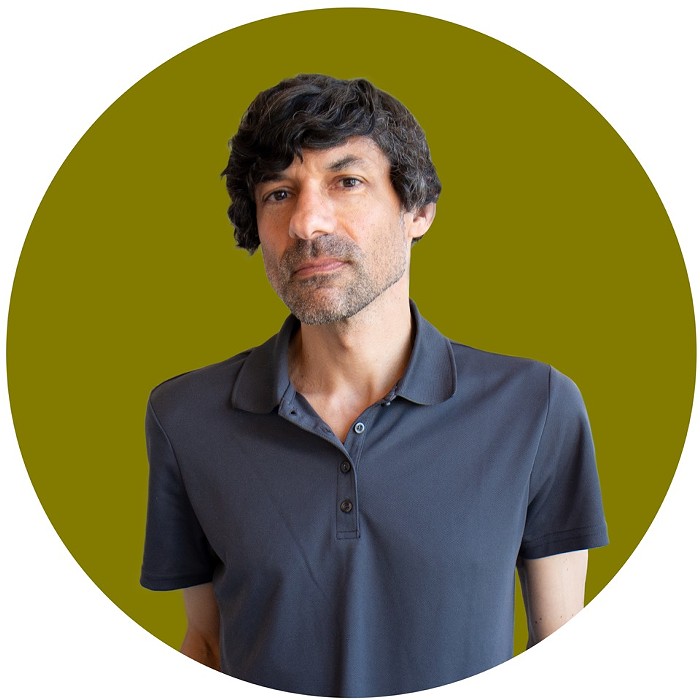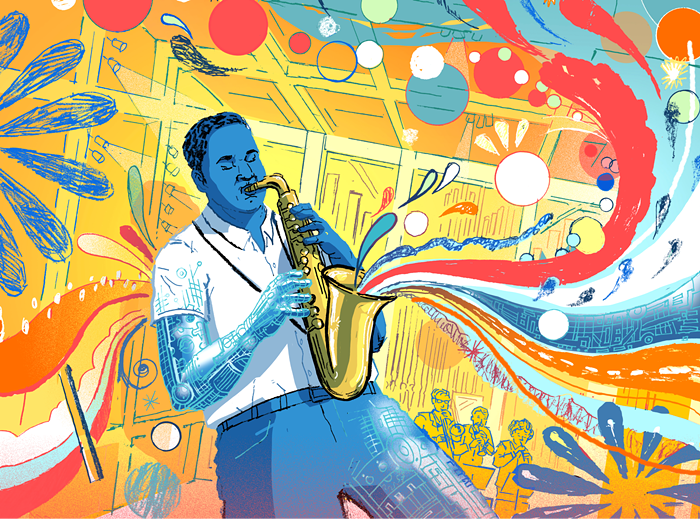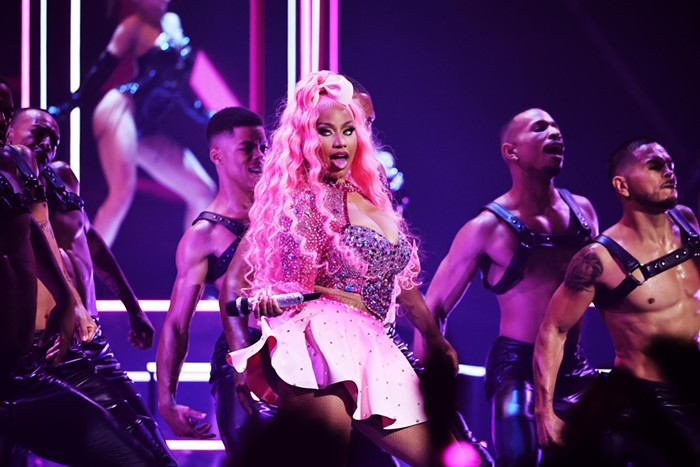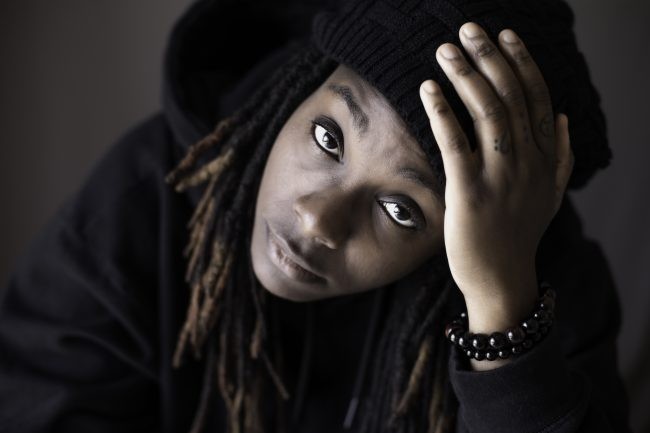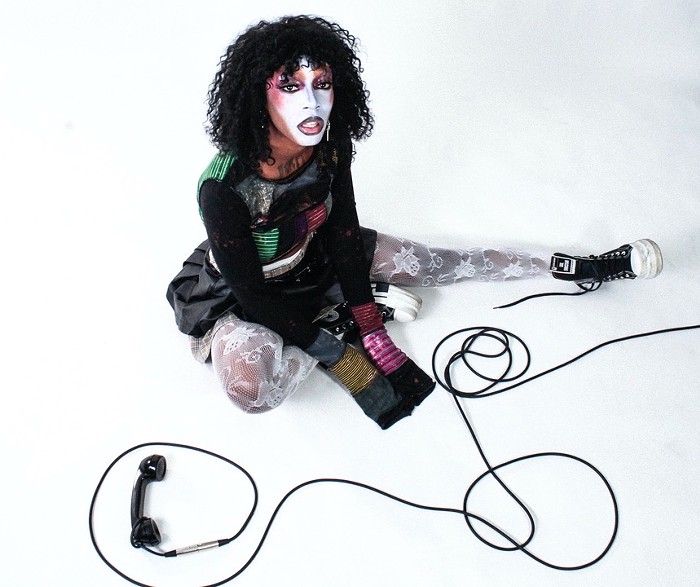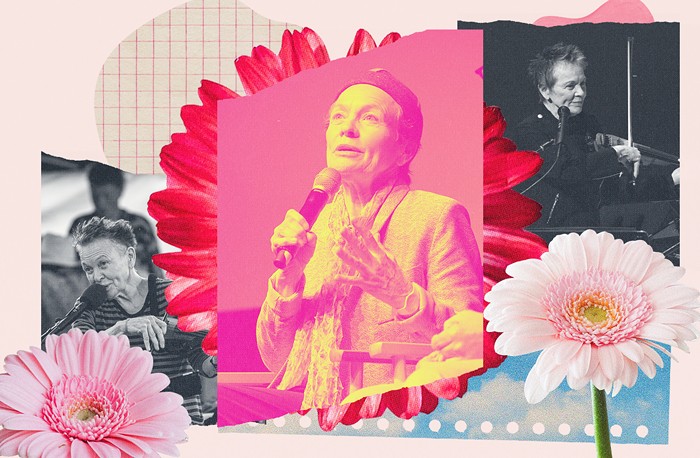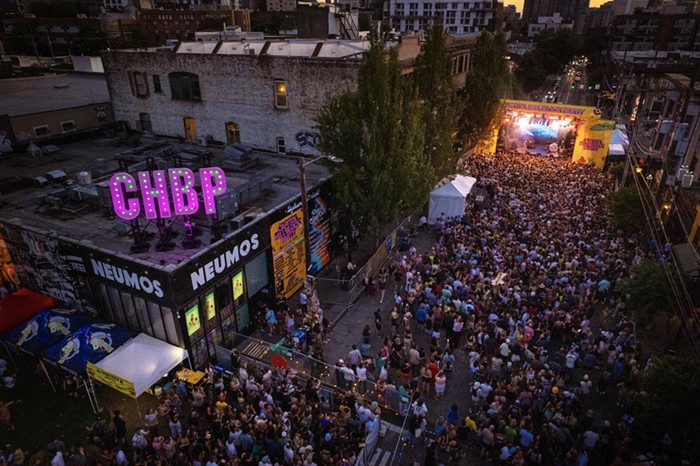As people sprawl out on yoga mats on the dance floor of Capitol Hill's Q Nightclub during the Rare Air ambient/new-age event in February, Portland DJ Max Schneider (aka Incidental Music) fills the swanky venue with deeply resonant and peaceful sounds. From cassettes. Yes, that fidelity-challenged, hard-to-cue format that you thought had been relegated to audio history's dustbin. But this fact isn't hindering the crowd from getting their chill on. While the sound lacks the full-bodied richness of vinyl, Schneider's tapes are getting the job done nicely.
The above scenario is uncommon, but it reflects a trend that's been building over the last five years: the cassette revival. It's indicative of the humble tape's tenacious refusal to go the way of the eight-track. After interviewing several label heads, musicians, DJs, retailers, and consumers who champion cassettes, I can report that the phenomenon, while not exactly ubiquitous, has gained respectable traction and has inspired fervor among music fans young and old.
Respected website Resident Advisor recently reported that America's biggest cassette manufacturer, National Audio Company, has seen sales increase by 33 percent since 2014. NAC owner Steve Stepp told the Chicago Tribune that his firm is making 250 to 350 titles at any given time, including 5 to 10 releases a week from Universal Music Group, America's biggest major label.
Speaking of majors, Kanye West's Yeezus and Justin Bieber's Purpose both had cassette pressings, as does Macklemore's new album (which isn't on vinyl). Roy Culver of Nuclear Blast Records confirms that Slayer's recent Repentless LP sold out of its 1,000 cassette run before the record even came out. And Dax Edword (aka hiphop producer Diogenes), who used to run the cassette DJ night HISSSSSSS at Vermillion and Therapy, observes that even old rap curmudgeon Eminem "just Instagrammed that he's collecting tapes again."
If vinyl's "comeback" leaves you baffled, that of the cassette might really mess with your (tape) head. But with larger indie labels like Sub Pop and Drag City and smaller ones like Burger and local entities Further, Eiderdown, and Translinguistic Other embracing it, the resurgence merits analysis, even if, as the Recording Industry Association of America's Cara Duckworth Weiblinger told Resident Advisor, tape sales are too insignificant to be included in the agency's data-collection process.
However, as Josh Hansen, manager of retail shop Everyday Music, notes, "As long as cassettes continue to be the cheapest format, I think people will continue to be interested in them. They also have a certain DIY aesthetic that appeals to the youngsters. I don't see them going away anytime soon."
In the case of Sub Pop, warehouse manager Andrea Heart had been pushing for the label to release titles on cassette after Sub Pop distributor ADA and some of its record store accounts asked for them. She's now overseeing their production. Sub Pop general manager Chris Jacobs says that the label is planning to make tapes available on release date for nearly all upcoming new releases, with reissues of catalog items by the Shins, Mudhoney, Shabazz Palaces, Fleet Foxes, and more to come. Sub Pop has already made Nirvana's Bleach, the Postal Service's Give Up, and new LPs by Sleater-Kinney, Father John Misty, and Beach House available on cassette. Sales have been "in the hundreds," Jacobs admits, but, quoting the label's direct-sales rep Dean Whitmore, "it's a low-investment/low-return project."
Those numbers mirror the figures generated by much smaller Seattle imprints like Eiderdown, Translinguistic Other, Alterity 101, Gift, and Spin Cycle. They'll manufacture 100 to 300 copies, and if they don't sell out, they're not overly concerned, as the expense is minimal compared to issuing vinyl or CDs. A run of 100 tapes can cost anywhere from $175 to $275. By comparison, 250 vinyl copies can cost $2,000.
These label bosses concur that tapes are an ideal medium for obscure artists making uncommercial music. Beyond that, as Adam Svenson of esoteric music haven Eiderdown says, cassettes can be made faster and cheaper than other formats. Further, he adds, tapes "have contemporary street cred from the noise and black-metal scenes. And before that, cassettes were the preferred format for experimental composers and new age artists from the 1960s through the '80s." Svenson also enthuses that the "sounds are magnetically adhered to physical tape—so real chemistry, vibrations, and sonic impacts result." The fragile, almost toylike quality of a cassette paradoxically endears it to a certain type of listener, its perishability inextricably linked to its cherishability and its miniature size a boon to analog-artifact lovers in cities where space is at a premium.
Kurt Delaney, who runs the experimental-slanted Alterity 101 (releases by Alan Bishop, Robert Millis, with a Bill Horist/Darin Gray cassette and 10 hours of Bruce Cockburn material coming soon), hails the cassette for being an "inexpensive, lightweight, democratic, microeconomic way to distribute and reproduce art and ideas. Affordable. Accessible. Everyone wins."
Translinguistic Other's Emily Pothast says, "Other people who run cassette labels have joked to me that whenever you get one of your tapes reviewed or written up, you might make two or three sales and get 10 new submissions from bands."
Andrew Crawshaw, who records dark, warped synthesizer music as Meridian Arc and self-releases his own tapes from his Broken Press printing company headquarters, says the quicker turnaround for cassette duplication is a bonus, compared to the 6 to 10 months it can now take for vinyl. Another attraction he and many others interviewed for this piece cite is nostalgia. Cassettes often represent music fans' first contact with listening to things they actively sought out. "I think cassettes fill the gap between digital and vinyl at this point," he concludes.
Another element in cassettes' favor is their portability, although finding quality machines on which to play them has become more challenging in recent years. Your best bets for finding affordable players are thrift shops, old cars, and the usual online portals. There are exceptions. Serious ambient-music aficionado Schneider owns two Sony WM-D6C players for DJing. "They were top-of-the-line portable cassette recorders, meant to do highly portable field recording and mobile audio work for TV stations," he says. "They were pricey back in the day, and still sell for $300 or so per player. They're the only high-quality portable tape player with a pitch bend, as well as a true line-level signal for pro audio devices and DJ mixers. I also have a crappy Panasonic player that I use for picnics and such."
For Diogenes's DJ gigs, he plays cassettes on two Library of Congress decks, but mostly listens to them on cheap units bought from Value Village.
The latter mode is more typical, as evidenced by Delaney's J.C. Penney–bought 681-3005 AM/FM dual deck, which he says "sounds like hell." Several people queried here still use Walkmans. Oddly, many said they listen to cassettes while doing mundane chores like cleaning and washing dishes. Ambient-folk guitarist Hastío (Phil Neff) uses a Technics double cassette deck he scored for $5 at Value Village. Brenan Chambers (ex–Jetman Jet Team guitarist) listens to tapes on his frequent car trips.
Back when I drove, I thought this was the best way to listen to music—on tape and in motion. It somehow made a deeper impact that way. I've been collecting tapes since the 1980s (I'm currently listening to Das EFX's Dead Serious, bought in 1992, and hear little deterioration), but after a late-'90s/late-'00s lull, my collection has swelled to the tune of about 10 to 20 per month.
Seattle music retailers have seen gradual increases in cassette sales, but they still constitute a minuscule percentage of revenue. Everyday Music's Hansen notes that sales depend mainly on the quality of the goods customers sell to him. "When someone unloads their collection on us," he says, "the sales spike for a few weeks. But, as with vinyl, it seems like we have a lot more customers shopping for cassettes than we used to." Hansen says the best-selling genres on tape have been classic hiphop, 1970s-'80s punk, post punk, new wave, and metal. Hansen and Wall of Sound's Jeffery Taylor figure that cassette sales account, at most, for about 5 percent of their stores' total income. Other shops like Sonic Boom, Spin Cycle, and Easy Street also carry tapes, but they're niche stock.
What's clear from this admittedly modest survey of activity is that a small cabal of devotees is refusing to let the cassette die. The format's resurgence and fetishization aren't merely postmodern irony in action. Cassettes are the financially disadvantaged musician's way to make an impact in a manner that shows more passion and commitment to the art than a Bandcamp page. And, as Chambers puts it, "The ghostly distortion of a faded cassette sounds like nothing else."
Never underestimate the enduring appeal of ghostly distortion.

